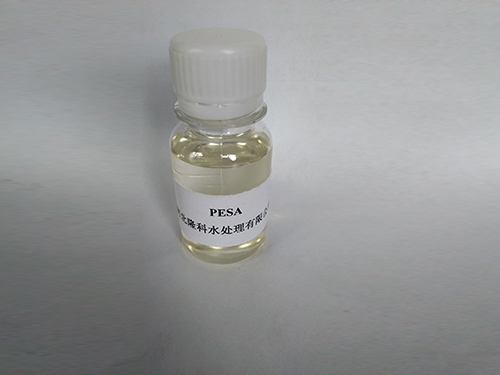Understanding the Processes of Coagulation and Flocculation in Water Treatment Systems
Coagulation and Flocculation Essential Processes in Water Treatment
Coagulation and flocculation are critical processes in water treatment that help remove suspended particles, colloids, and other impurities from water. These processes are fundamental in ensuring that drinking water is safe for consumption and that wastewater can be treated effectively. Understanding the mechanisms behind coagulation and flocculation is essential for optimizing water treatment systems and improving water quality.
Understanding Coagulation
Coagulation is the first step in the process of removing suspended solids from water. It involves the addition of chemicals called coagulants, which are typically metal salts such as aluminum sulfate (alum) or ferric chloride. When added to water, these coagulants undergo a chemical reaction that neutralizes the charges of suspended particles. Most particles in water carry a negative charge, which keeps them dispersed. Once the charges are neutralized, the particles begin to aggregate into larger particles known as microflocs.”
The effectiveness of coagulation depends on several factors, including the type and dosage of coagulant, water temperature, pH levels, and the characteristics of the particles present in the water. Monitoring and adjusting these parameters are essential for optimizing the coagulation process. The resulting microflocs are still relatively small and may not settle out of the water swiftly, which leads to the next phase flocculation.
The Flocculation Process
Flocculation is the process that follows coagulation, where microflocs grow into larger aggregates called flocs. This is achieved through gentle mixing, which helps bring together small microflocs to form larger ones without breaking them apart. The goal of flocculation is to create flocs that are large and dense enough to settle out of the water in the following sedimentation phase.
coagulation and flocculation

During flocculation, chemicals known as flocculants, which can be synthetic polymers, are often added to promote the growth of larger flocs. The combination of physical mixing and chemical addition allows the formation of larger aggregates capable of effectively removing impurities from the water.
The efficiency of flocculation is influenced by factors such as mixing speed, mixing time, and the characteristics of the flocculants used. Optimizing these parameters is crucial to ensure the formation of adequate-sized flocs that can be effectively removed during subsequent treatment stages.
Importance in Water Treatment
The coagulation and flocculation processes are indispensable in various water treatment applications. They are commonly used in drinking water purification, wastewater treatment, and even in the treatment of industrial effluents. By effectively removing suspended solids and colloidal matter, coagulation and flocculation help reduce turbidity, improve water clarity, and eliminate pathogens, thus ensuring the safety of drinking water.
Moreover, these processes also play a significant role in controlling water quality. Water that undergoes coagulation and flocculation typically has lower levels of taste and odor compounds, heavy metals, and organic pollutants. This leads to improved aesthetic properties of drinking water and compliance with environmental regulations for wastewater discharge.
Conclusion
In summary, coagulation and flocculation are vital processes in water treatment that enhance water quality by removing suspended particles, bacteria, and other impurities. By carefully controlling the chemical dosages and physical conditions during these stages, water treatment facilities can effectively ensure that the water supplied to consumers is safe and clean. The advances in technology and research related to coagulation and flocculation continue to improve these processes, making them more efficient and sustainable for future water treatment needs. As water scarcity issues and pollution challenges grow, understanding and innovating these processes will be crucial in safeguarding water resources for generations to come.
-
Pbtc Scale InhibitorPBTC: A Scale Protector for Industrial Water TreatmentNewsAug.05,2025
-
Organic Phosphonate: An Efficient Defender in the Field of Scale InhibitionNewsAug.05,2025
-
Hydrolyzed Polymaleic Anhydride: Green Pioneer in Scale Inhibition FieldNewsAug.05,2025
-
PAPEMP Polyamino Polyether Methylene Phosphonic Acid For SaleNewsAug.05,2025
-
Flocculant Water Treatment: A Pioneer in Purification in the Field of Water TreatmentNewsAug.05,2025
-
Benzyl Isothiazolinone: An Efficient and Broad-Spectrum Antibacterial Protective GuardNewsAug.05,2025





